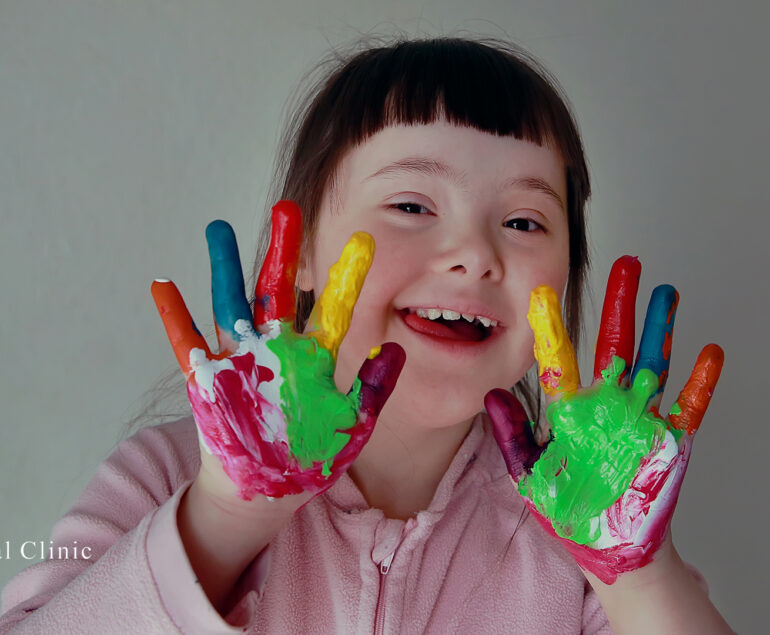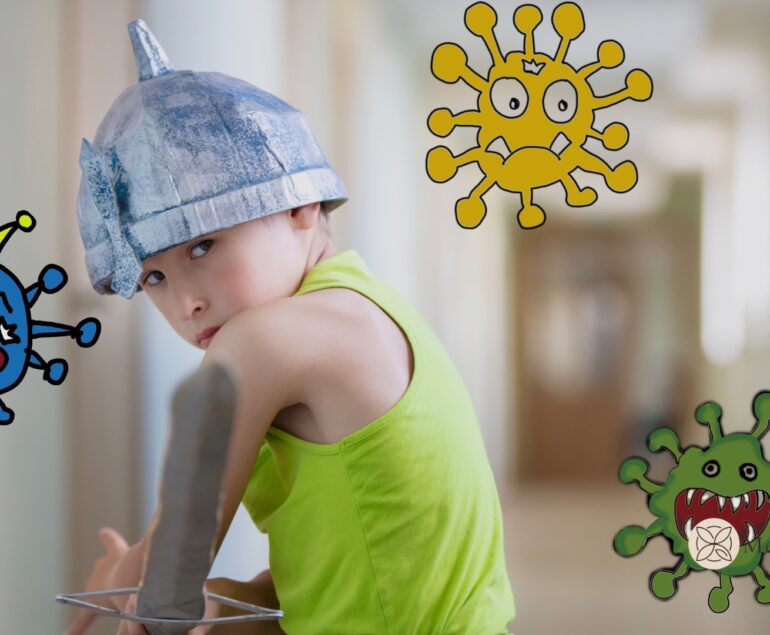Common Childhood Illnesses and How to Manage Them
Children are vulnerable to a variety of illnesses due to their developing immune systems and exposure to new environments. As parents and caregivers, it is essential to be informed about common childhood illnesses and how to effectively manage them. By understanding the signs, symptoms, and appropriate measures to take, we can provide the best care for our little ones, ensuring their speedy recovery and overall well-being. In this blog post, we will explore some of the most prevalent childhood illnesses and provide guidance on how to manage them.
- Common Cold
The common cold is one of the most frequent childhood illnesses. It is typically caused by a viral infection and characterized by symptoms such as a runny or stuffy nose, sneezing, coughing, sore throat, and mild fever. To manage a common cold:
a. Encourage rest and provide plenty of fluids. b. Use saline nasal drops or a bulb syringe to relieve nasal congestion. c. Offer over-the-counter pain relievers suitable for children, following the recommended dosage.
- Influenza (Flu)
Similar to the common cold, the flu is caused by a viral infection but often presents with more severe symptoms. These can include high fever, chills, body aches, fatigue, cough, and sore throat. Managing the flu involves:
a. Ensuring rest and adequate fluid intake. b. Administering over-the-counter pain relievers to reduce fever and alleviate discomfort. c. Consulting a healthcare professional for antiviral medications, especially if the child is at high risk or experiencing complications.
- Gastroenteritis
Gastroenteritis, commonly known as stomach flu, is characterized by diarrhea, vomiting, stomach pain, and sometimes fever. To manage gastroenteritis:
a. Encourage frequent sips of clear fluids to prevent dehydration. b. Gradually reintroduce a bland diet (e.g., crackers, bananas, rice, applesauce). c. Avoid giving anti-diarrheal medication to children without medical advice.
- Ear Infections
Ear infections are common among young children, often resulting from bacterial or viral infections. Symptoms may include ear pain, fluid discharge from the ear, difficulty hearing, and fever. Managing ear infections involves:
a. Consulting a healthcare professional for an accurate diagnosis and appropriate treatment. b. Administering prescribed antibiotics if the infection is bacterial. c. Providing over-the-counter pain relievers to alleviate discomfort until the infection subsides.
- Hand, Foot, and Mouth Disease (HFMD)
HFMD is a viral illness typically seen in infants and children, characterized by fever, sore throat, and a rash on the hands, feet, and mouth. To manage HFMD:
a. Encourage rest and fluid intake to prevent dehydration. b. Offer soft foods and avoid spicy or acidic foods that may irritate mouth sores. c. Use over-the-counter medications to relieve pain and fever, following the recommended dosage.
- Chickenpox
Chickenpox is a highly contagious viral infection presenting with a characteristic itchy rash, fever, and general malaise. To manage chickenpox:
a. Keep the child’s nails short and clean to minimize scratching and the risk of secondary infection. b. Provide lukewarm baths with baking soda or oatmeal to soothe itching. c. Use over-the-counter calamine lotion or antihistamines to relieve itching.
Childhood illnesses are a common part of growing up, but with proper management, most children recover well within a short period. It is crucial to monitor your child’s symptoms, offer comfort, and seek medical advice when necessary. Remember to practice good hygiene, encourage rest and fluids, and provide appropriate medications to alleviate discomfort. MD Alp Şen
FAQ's
How can I prevent my child from getting common colds and the flu?
While it’s not possible to completely prevent colds and flu, you can reduce the risk by encouraging good hygiene practices, such as regular handwashing, avoiding close contact with sick individuals, and ensuring your child receives the annual flu vaccine once they are old enough.
Should I give my child antibiotics for a common cold?
No, antibiotics are not effective against viral infections like the common cold. Colds are usually self-limiting and resolve on their own within a week or two. Focus on providing symptomatic relief, rest, and fluids.
How do I know if my child's diarrhea is a result of gastroenteritis or another cause?
Gastroenteritis is often accompanied by vomiting, stomach pain, and sometimes fever. If your child experiences these symptoms, it is more likely to be gastroenteritis. However, if you are unsure or if the symptoms are severe, it’s best to consult a healthcare professional for a proper diagnosis.
Can I give my child over-the-counter cough and cold medications?
Over-the-counter cough and cold medications are not recommended for children under the age of four. For older children, it’s essential to follow the recommended dosages and guidelines provided by the manufacturer. It’s always a good idea to consult a healthcare professional if you have any concerns.
When should I seek medical attention for my child's ear infection?
If your child has symptoms of an ear infection, such as ear pain, discharge, or fever, it is advisable to consult a healthcare professional. They can determine the cause of the infection and prescribe appropriate treatment, such as antibiotics if necessary.
Is hand, foot, and mouth disease (HFMD) dangerous for my child?
In most cases, HFMD is a mild illness that resolves on its own without complications. However, it is contagious, so it’s important to keep your child home from school or daycare until they are no longer contagious. If your child experiences severe symptoms or complications, consult a healthcare professional.
Can my child attend school with chickenpox?
No, it is recommended to keep your child home from school or daycare until all the blisters have crusted over, which usually takes around 5-7 days. This helps prevent the spread of the infection to others.
What measures can I take to prevent the spread of childhood illnesses in my household?
Encourage regular handwashing for everyone in the household, especially before meals and after using the bathroom. Teach your child to cover their mouth and nose when coughing or sneezing, and provide them with tissues or their elbow to do so. Disinfect commonly touched surfaces regularly, and encourage good respiratory hygiene among family members.




